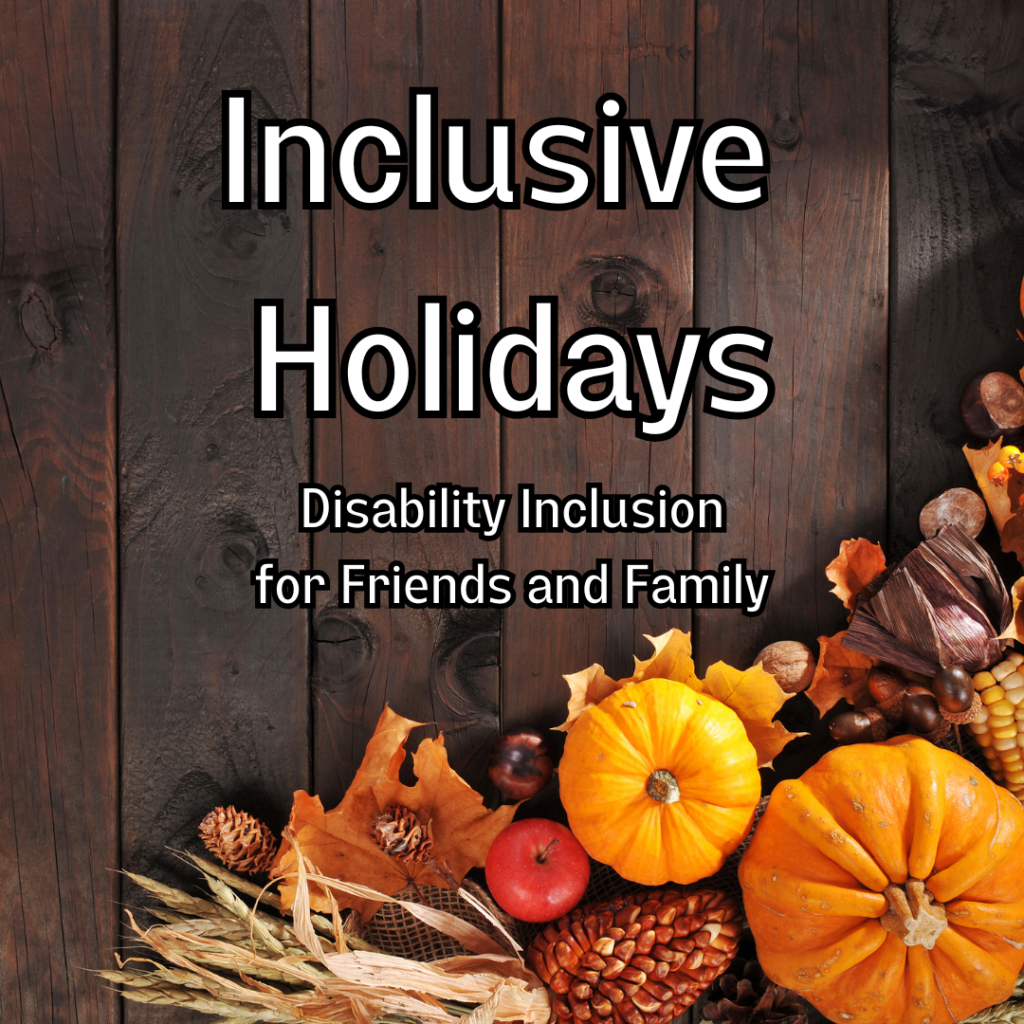
The holiday season is a time for coming together, and true celebration means ensuring everyone can fully participate in the festivities. Creating an inclusive environment where all guests feel valued and appreciated not only strengthens bonds but also celebrates the diversity within our families and community. Here’s how you can make your holiday gatherings more accessible and welcoming for everyone.
Planning Your Invitation
Clear communication starts with your invitation. Providing detailed information helps guests plan appropriately and feel more comfortable accepting your invitation. Include essential details such as the event’s start time, when food will be served, and directions to accessible entrances and parking. If you’re providing a quiet space for guests who might need a break from the festivities, mention this as well—it can be a crucial detail for those who experience sensory overload or need occasional moments of peace.
Physical Accessibility
Creating a safe and accessible physical environment is crucial. Ensure all pathways, both inside and outside your home, are clear and easily navigable. During winter months, remove snow thoroughly from driveways, sidewalks, and pathways to ensure safe access. Inside, remove any potential hazards such as loose cords or decorations that might impede movement, and arrange furniture to create wide, clear paths that accommodate mobility devices like wheelchairs, walkers, or canes.
Dietary Considerations
Food often takes center stage at holiday gatherings, making it especially important to consider dietary needs. Reach out to guests in advance about any food allergies or sensitivities, and take these into account when planning your menu. This thoughtful approach ensures everyone can safely enjoy the meal and fully participate in this important aspect of holiday celebrations.
Creating Comfortable Spaces
Every guest experiences social gatherings differently. Designating a quiet room or peaceful area allows those who might feel overwhelmed to take brief breaks without having to leave the celebration entirely. This consideration is particularly valuable for individuals who may experience sensory sensitivities or social anxiety.
Supporting Communication Needs
If you’re hosting guests who are Deaf or hard of hearing, plan ahead to ensure effective communication. This might involve arranging for a sign language interpreter, ensuring proper lighting for lip reading, or setting up digital communication methods. The key is to discuss preferences with your guests in advance and make appropriate arrangements.
Service Animals
Welcome service animals as the essential assistants they are. Inform other guests about the presence of service animals and explain that these animals are working—not pets—and should not be distracted from their duties. This awareness helps create a respectful environment for both the service animal and their handler.
Virtual Inclusion
Sometimes physical attendance isn’t possible or preferred. Consider creating hybrid events that include virtual options for participation. When planning online components, ensure they’re accessible by providing features like closed captioning or ASL interpreters if needed. This approach allows everyone to join in the celebration, whether they’re more comfortable at home, unable to travel, or simply prefer remote participation.
Final Thoughts
Remember that creating an inclusive holiday gathering is about showing care and consideration for all your guests. By taking these steps to make your celebration more accessible, you’re not just hosting an event; you’re creating an environment where everyone can fully participate in the joy and warmth of the holiday season.